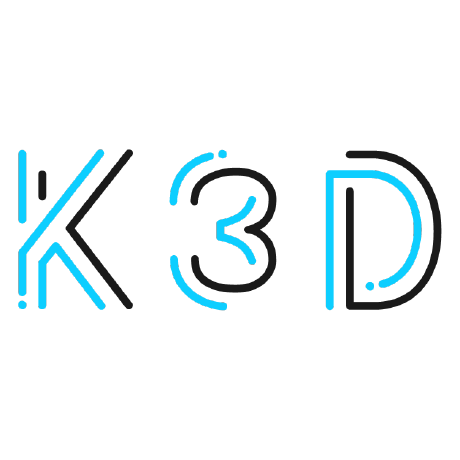K3D
On this page

K3D, a lightweight and versatile tool, simplifies the management and deployment of Kubernetes clusters by bringing the power of Kubernetes into a single-node environment. Designed for simplicity and speed, K3D allows developers and operators to spin up Kubernetes clusters with ease, making it an ideal choice for local development, testing, and CI/CD pipelines. Leveraging containerd and other containerization technologies, K3D offers a minimalistic yet efficient Kubernetes experience. Users can create, scale, and delete clusters effortlessly, making it a valuable tool for scenarios where resource constraints or rapid cluster provisioning are crucial. With K3D, developers can focus on building and testing applications in a Kubernetes-like environment without the complexity of managing large-scale clusters, thereby accelerating the development lifecycle.
Sample K3D Commands
Below is a list of basic K3D CLI commands for managing Kubernetes clusters:
Creating a Kubernetes Cluster
Create a new Kubernetes cluster using k3d:
k3d cluster create <cluster-name>
Listing Kubernetes Clusters
List all existing Kubernetes clusters managed by k3d:
k3d cluster list
Getting Information about a Cluster
Retrieve detailed information about a specific Kubernetes cluster:
k3d cluster get <cluster-name>
Accessing Kubernetes Cluster
Set the kubeconfig context to the newly created Kubernetes cluster:
export KUBECONFIG="$(k3d kubeconfig write <cluster-name>)"
Deleting a Kubernetes Cluster
Delete a Kubernetes cluster managed by k3d:
k3d cluster delete <cluster-name>
Starting a Kubernetes Cluster
Start a previously stopped Kubernetes cluster:
k3d cluster start <cluster-name>
Stopping a Kubernetes Cluster
Stop a running Kubernetes cluster:
k3d cluster stop <cluster-name>
Scaling Nodes
Scale the number of worker nodes in the cluster:
k3d node create <node-name> --replicas <num-replicas>
Exporting kubeconfig
Export the kubeconfig file for a cluster:
k3d kubeconfig write <cluster-name>
Further Reading
- Read k3d Official Documentation